Leonardo da Vinci's scientific visualizations: 'Saper verdere' or knowing how to see
Bill Dennison ·In a paper titled "Visual literacy and science communication", published in the journal Science Communication in 1999, Jean Trumbo uses the writings of Leonardo da Vinci to introduce the concept of visual literacy. Da Vinci called his visualization process "sapere vedere", translated as "knowing how to see". Da Vinci was a master of drawing and sketching in addition to his more famous painting skills (e.g, Mona Lisa, The Last Supper). Da Vinci used the word 'dimostrazione' (demonstrations) to describe his drawings. He thought that visualization had two components: 1) knowing something well enough to visualize or draw something from memory, and 2) developing a deep enough understanding of something to reveal its essence through drawings that can be used to create new ideas.
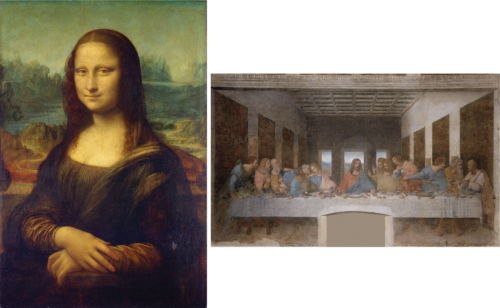
Leonardo Da Vinci (1452-1519) was a prolific, self taught renaissance man. It is estimated that he drew over 100,000 drawings, but only a small fraction have been preserved in his famous Codex volumes. The 6,000 drawings that have been preserved include drawings of human anatomy, machinery, weapons, animals, and human faces. His drawings illustrate his deep understanding of the underlying mechanisms of his more famous paintings.
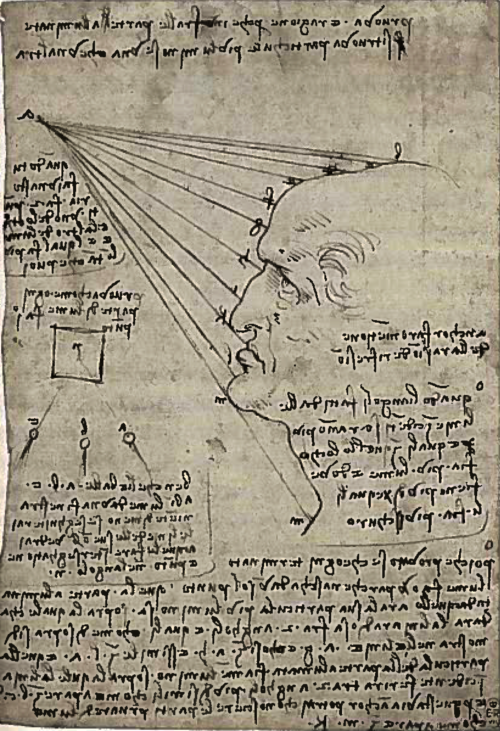
Da Vinci wrote that his drawings (demonstrations) gave "true knowledge of shapes, which is impossible for either ancient or modern writers . . . without an immense, tedious and confused amount of writing." This statement reveals the power of a good drawing to provide insights that words alone cannot provide. Like the adage of a picture being worth a thousand words, Da Vinci felt that his drawings were to be a synthesis. He defined synthesis as being the combination of arte (skill), scientia (knowledge), and fantasia (imagination). Thus, his drawings were not intended to be simple realistic depictions akin to modern photographs, rather they were to reflect a synthesis of repeated observations. Da Vinci created conceptual models of his subject matter and then drew what he knew as the essence of an object or a process.
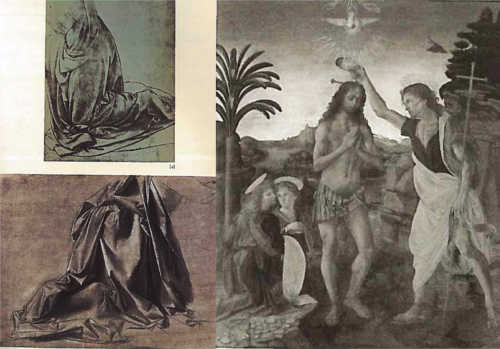
Da Vinci strove for simplicity in his drawings. He wrote that "Simplicity is the ultimate sophistication." When you view a Da Vinci drawing you are immediately drawn to the clear bold strokes, the symmetry and the lack of 'clutter'. His drawings were ahead of his time in several respects. Da Vinci drew flying machines literally thousands of years before they were created. He drew surprisingly accurate aerial views of towns without nearby mountains, presaging aerial photography and Google Earth. He drew anatomical depictions that revealed a deep understanding of the various underlying circulatory, nervous, and lymphatic systems.
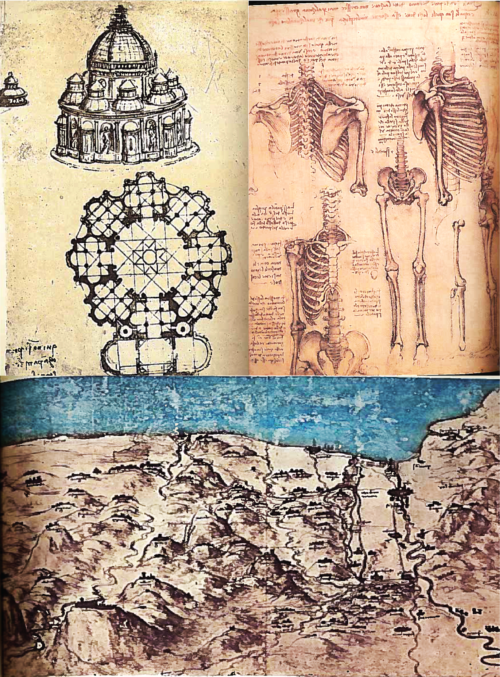
Da Vinci was a keen observer, and relied more on his own observations and experiments than the available knowledge in books. He was intensely motivated and wrote extensive notes to accompany his drawings. He felt that a painting was never finished, you just stopped revising it. He was constantly observing and learning. Da Vinci wrote "I have been impressed with the urgency of doing. Knowing is not enough; we must apply. Being willing is not enough; we must do." He embraced the concept of 'praxis', thoughtful, practical doing.
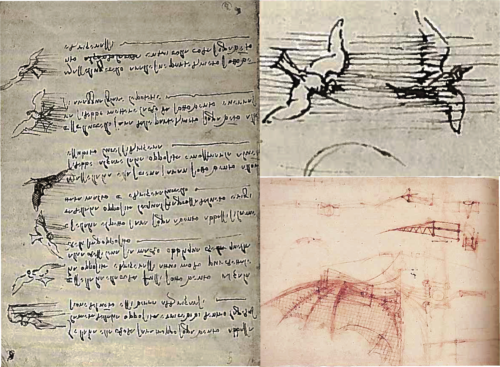
In addition to invoking Leonardo da Vinci as the paragon of visual literacy, Trumbo referred to science communication as sophisticated 'Show and Tell". Good science communicators tell compelling stories using visuals to illustrate their points. Trumbo's reference to show and tell is an allusion to one of the first exercises employed in primary schools in the western world. Children bring into their school some tangible souvenir or artifact, hold it up or pass it around, and then tell the class what it means to them. This provides an introduction to presentations and gives children more confidence to speak in public.

I especially liked Trumbo's definition of a science communicator: "The science communicator is the mediator who must make careful choices about the form of visual representation in an effort to share the science in accurate, articulate ways." Clearly, this is something that Leonardo Da Vinci excelled in and we should all try to emulate his synthetic drawings.
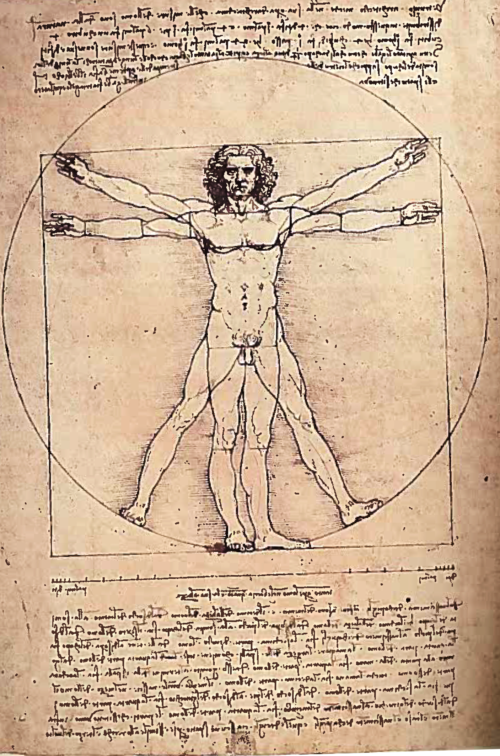
References:
Leonardo's notebooks: Writing and art of the great master. 2013. A. Suh (ed.) Black Dog & Leventhal Publishers. 352 pp.
The science of Leonardo. F Capra. 2007. Anchor Books, New York. 329 pp
Leonardo's legacy: How da Vinci reimagined the world. S Klein. 2008. Da Capo Press, Philadelphia. 291 pp.
Visual literacy and science communication. 1999. J Trumbo. Science communication 20: 409-425.
About the author
Bill Dennison

Dr. Bill Dennison is a Professor of Marine Science and Vice President for Science Application at the University of Maryland Center for Environmental Science.

